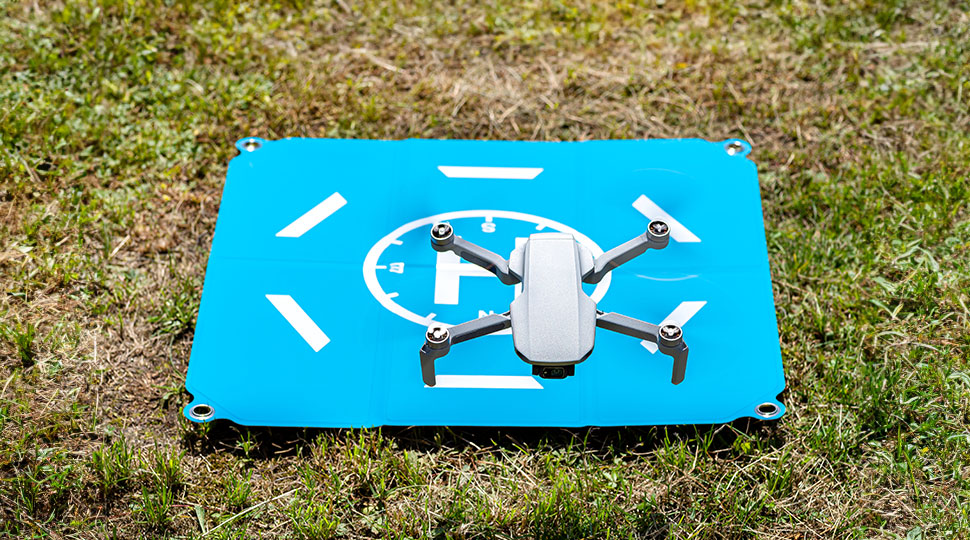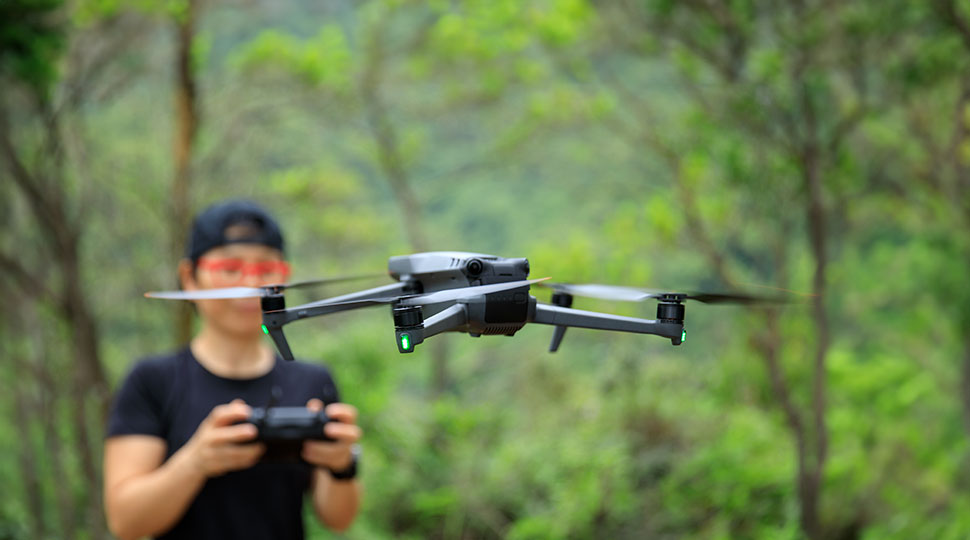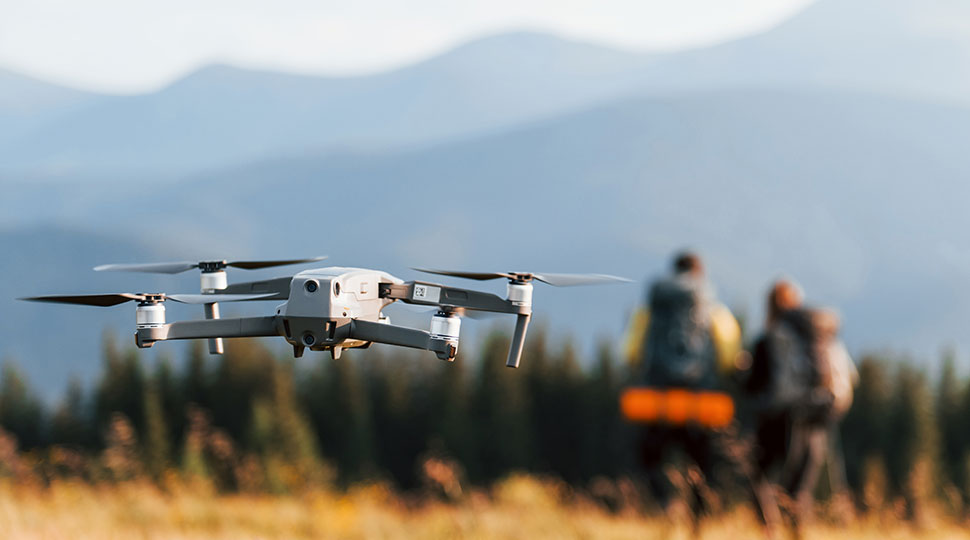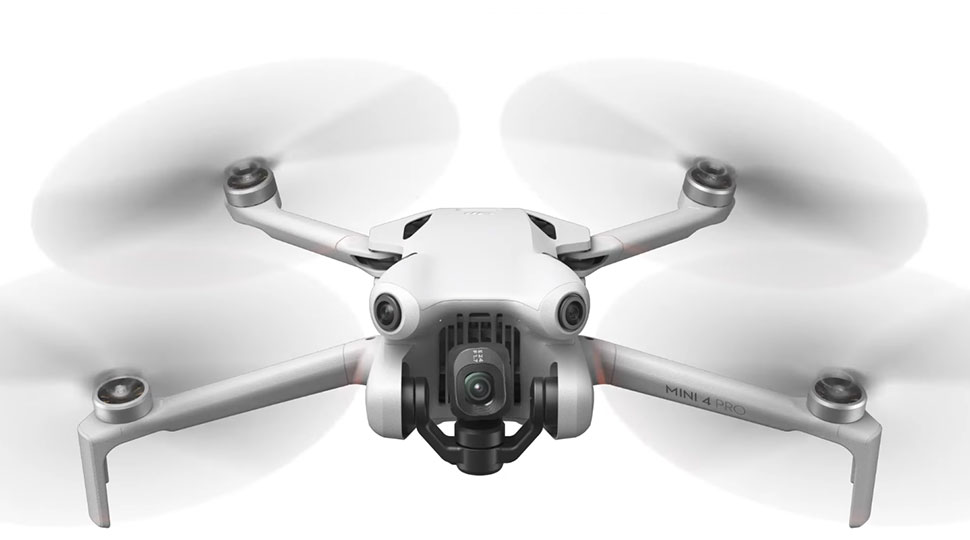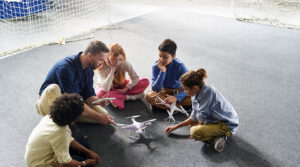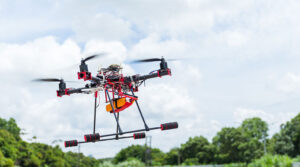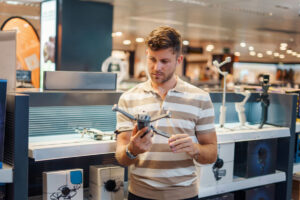The world is facing an unprecedented crisis as endangered species continue to decline at alarming rates. Habitat destruction, poaching, climate change, and other human activities have pushed many species to the brink of extinction. However, innovative technologies are emerging that could help reverse this trend. Drone photography for conservation has been gaining momentum in recent years, offering a powerful tool for monitoring and protecting endangered species.
By leveraging drone technology, conservationists can collect accurate and detailed data on wildlife populations, habitats, and environmental changes more efficiently and effectively than ever before. With drones equipped with high-resolution cameras, sensors, and GPS, researchers can capture stunning aerial footage of endangered species in their natural habitats. This visual evidence not only raises awareness about the importance of conservation but also provides valuable insights for scientists to inform their research.
One of the primary benefits of drone photography for conservation is its increased accuracy and efficiency in monitoring and tracking endangered species. Traditional methods, such as manual surveys or aerial photography from planes, can be time-consuming, expensive, and often limited by weather conditions. Drones, on the other hand, can fly over remote areas, navigate challenging terrain, and collect data in real-time, allowing researchers to respond quickly to changes in their study area.
Another significant advantage of drone photography for conservation is its ability to access remote or hard-to-reach areas. In many regions, particularly in developing countries, infrastructure is limited, making it difficult or impossible for researchers to reach certain areas. Drones can overcome these challenges by flying over rugged terrain, dense forests, or even ocean surfaces, providing valuable insights into the behavior and habits of endangered species.
Monitoring Wildlife Populations and Habitats
One of the most significant applications of drone photography for conservation is monitoring wildlife populations and habitats. By capturing high-resolution images and videos from above, researchers can track changes in population sizes, migration patterns, and habitat degradation over time. This information is crucial for informing conservation efforts, such as identifying areas that require protection or developing targeted management plans.
For example, the World Wildlife Fund (WWF) has been using drones to monitor elephant populations in Africa. By analyzing aerial footage, researchers can detect signs of poaching, habitat destruction, and human-wildlife conflict, which informs their conservation strategies. Similarly, the International Union for Conservation of Nature (IUCN) has used drones to track rhino populations in Asia, providing valuable insights into their behavior, habitat use, and population dynamics.
Tracking Poachers and Illegal Activities
Unfortunately, many endangered species are threatened by poaching and illegal activities. Drones equipped with infrared sensors, thermal imaging cameras, or even AI-powered object detection software can help track these activities in real-time. This technology has been used to monitor the borders of protected areas, detect signs of poaching, and even locate and disrupt illegal wildlife trafficking networks.
In Africa, for instance, conservation organizations have deployed drones to track elephant poachers and human-wildlife conflict hotspots. By analyzing aerial footage, researchers can identify signs of poaching activity, such as carcass sites or abandoned poacher camps, and inform their anti-poaching efforts accordingly.
Documenting Environmental Changes
Drone photography for conservation is not limited to monitoring wildlife populations; it also plays a critical role in documenting environmental changes. By capturing high-resolution images and videos from above, researchers can track changes in land use, deforestation, climate change, and other environmental factors that impact endangered species.
For example, the National Oceanic and Atmospheric Administration (NOAA) has used drones to document coral reef health in the Pacific. By analyzing aerial footage, researchers can detect signs of bleaching, pollution, or overfishing, which informs their conservation efforts and helps develop targeted management plans.
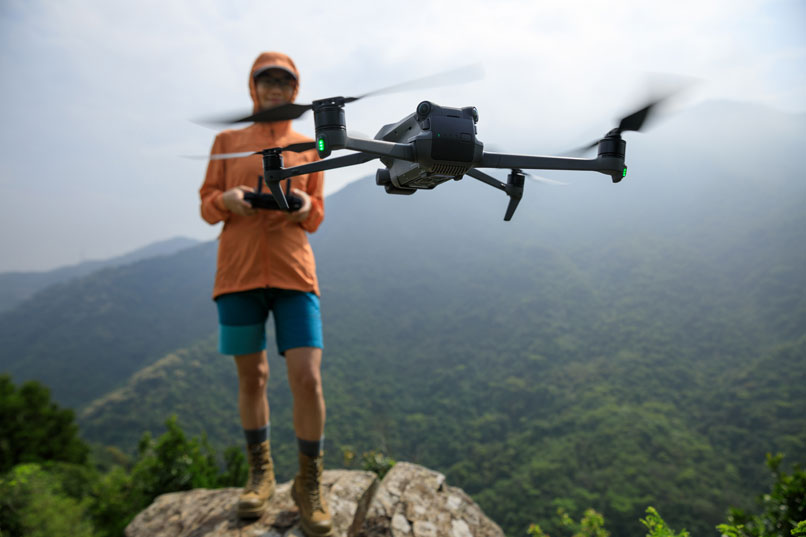
Supporting Research and Conservation Efforts
The impact of drone photography for conservation extends beyond data collection and analysis; it also supports research and conservation efforts in numerous ways.
By providing detailed, high-resolution images and videos, researchers can:
- Inform conservation planning and policy-making
- Develop targeted conservation strategies
- Engage local communities in conservation efforts
- Raise awareness about the importance of conservation
Drone photography for conservation has emerged as a powerful tool for monitoring and protecting endangered species. By leveraging drone technology, conservationists can collect accurate and detailed data on wildlife populations, habitats, and environmental changes more efficiently and effectively than ever before. As we continue to face unprecedented challenges in conservation, it is essential that we harness innovative technologies like drones to support our efforts and ensure the long-term survival of our planet’s biodiversity.
Cleared for Takeoff
By integrating drone photography into their research and conservation efforts, scientists can make a significant impact on the ground. Whether monitoring wildlife populations, tracking poachers, documenting environmental changes, or supporting research and conservation efforts, drone technology has the potential to revolutionize the way we approach conservation. As we look to the future, it is clear that drone photography for conservation will play an increasingly important role in our quest to protect endangered species and preserve our planet’s precious biodiversity.

